The Card
The Sapphire RX 470 Nitro OC 4GB is somewhat unassuming but the design is neat and tidy. The rectangular shroud is plastic and has a pleasant matt black finish. On the other side there's nice solid aluminium backplate with an eye-catching design – it's good to see more attention being paid to this area of cards as it's often the only bit you'll really see through a window. The colour scheme here is very neutral so the card should integrate neatly into most builds, and the relatively compact dimensions means case compatibility will be very high.Sapphire's card ships with a boost frequency of 1,260MHz. This is an increase of just over four percent on the reference 1,206MHz, although the exact frequency that this card and all other RX 470s manage to hit will depend on cooling performance and power limits. Sapphire has also overclocked the memory to 1.75GHz, a 6 percent increase – it's great that this hasn't been ignoerd.
The display outputs have also been changed up – Sapphire has swapped one of the three DisplayPorts out for a second HDMI port and has also added a dual-link DVI-D header. Having more options like this is certainly no bad thing in our books.
Sapphire has opted for an 8-pin PCI-E connector instead of the reference 6-pin one, so there'll be plenty of power on tap for overclocking. The connector is side-mounted rather than at the top, which may be useful in certain small form factor cases.
The Sapphire logo along the top is backlit by an RGB LED. An LED mode switch on the back of the PCB can be used to switch it between five options: solid blue, colour cycling, blue breathing, purple breathing or off.
Right next to the LED switch is a BIOS switch. Switching to the other position sets the card to reference frequencies and also lowers the maximum fan speed from 2,200 RPM to 1,900 RPM.
Unscrewing the backplate allows you to to remove the fan bracket too, which could be handy if you ever want to give the card a bit of air duster treatment. Sapphire uses two nine-blade fans and they operate semi-passively, turning off completely once the GPU is cool enough.
The heatsink has a copper contact plate covering the entire GPU, while thermal padding is used to draw away heat from all the memory chips and VRMs. Heat is transferred via three heat pipes (two 8mm and one 6mm) to the full-length fin stack. The direction of the fins and the relatively closed shroud together mean that much of the hot air is directed straight out of the case through the rear I/O panel though some will end up back in the chassis. The heatsink is also nickel-plated for a consistent finish.
Sapphire's PCB has what looks like a 4+1 phase power setup. The company also uses its long-life capacitors and Black Diamond Chokes for added efficiency.
The card is supplied without accessories and carries a three-year warranty. Right then, let's see how this puppy performs.
Specifications
- Graphics processor AMD Radeon RX 470, 1,260MHz boost
- Pipeline 2,048 stream processors, 128 texture units, 32 ROPs
- Memory 4GB GDDR5, 7GHz effective
- Bandwidth 224GB/sec, 256-bit interface
- Compatibility DirectX 12, Vulcan, OpenGL 4.5
- Outputs/Inputs 2 x DisplayPort 1.4, 1 x Dual Link DVI-I, 2 x HDMI 2.0b
- Power connections 1 x 8-pin PCI-E, side-mounted
- Size 241mm long, 126mm tall, dual-slot
- Warranty Three years

MSI MPG Velox 100R Chassis Review
October 14 2021 | 15:04


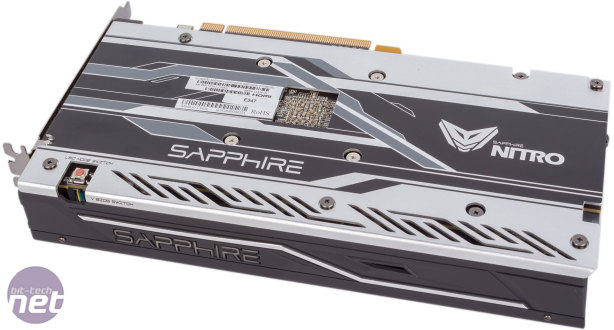
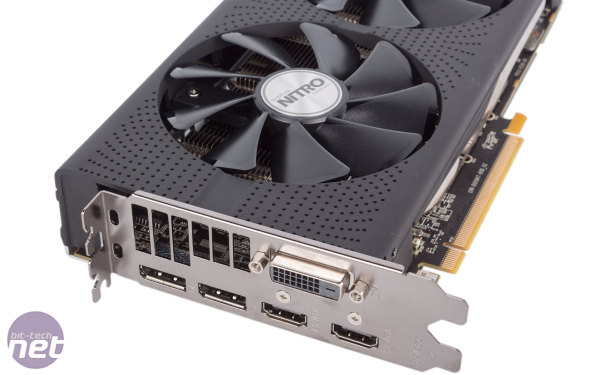

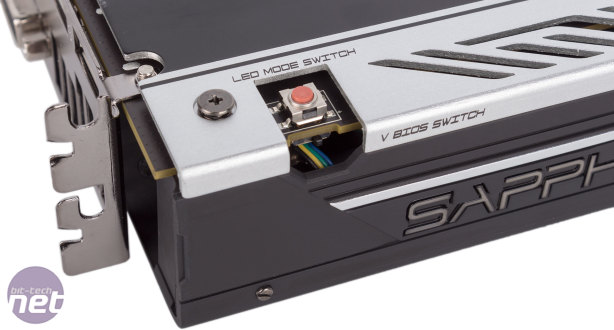
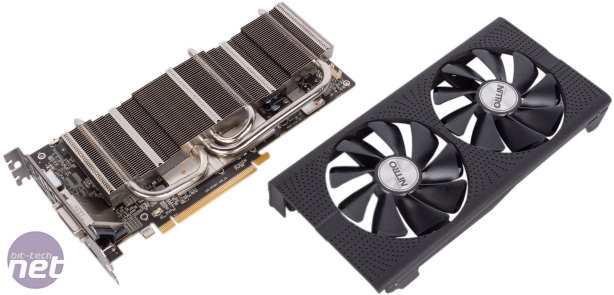

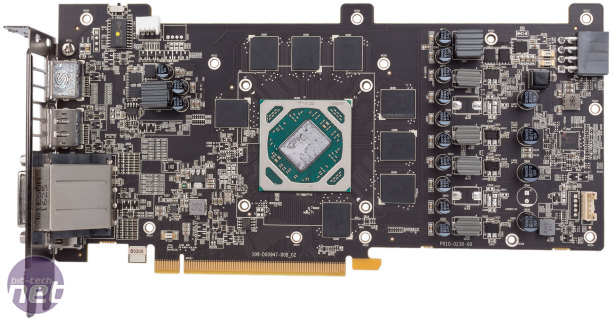







Want to comment? Please log in.